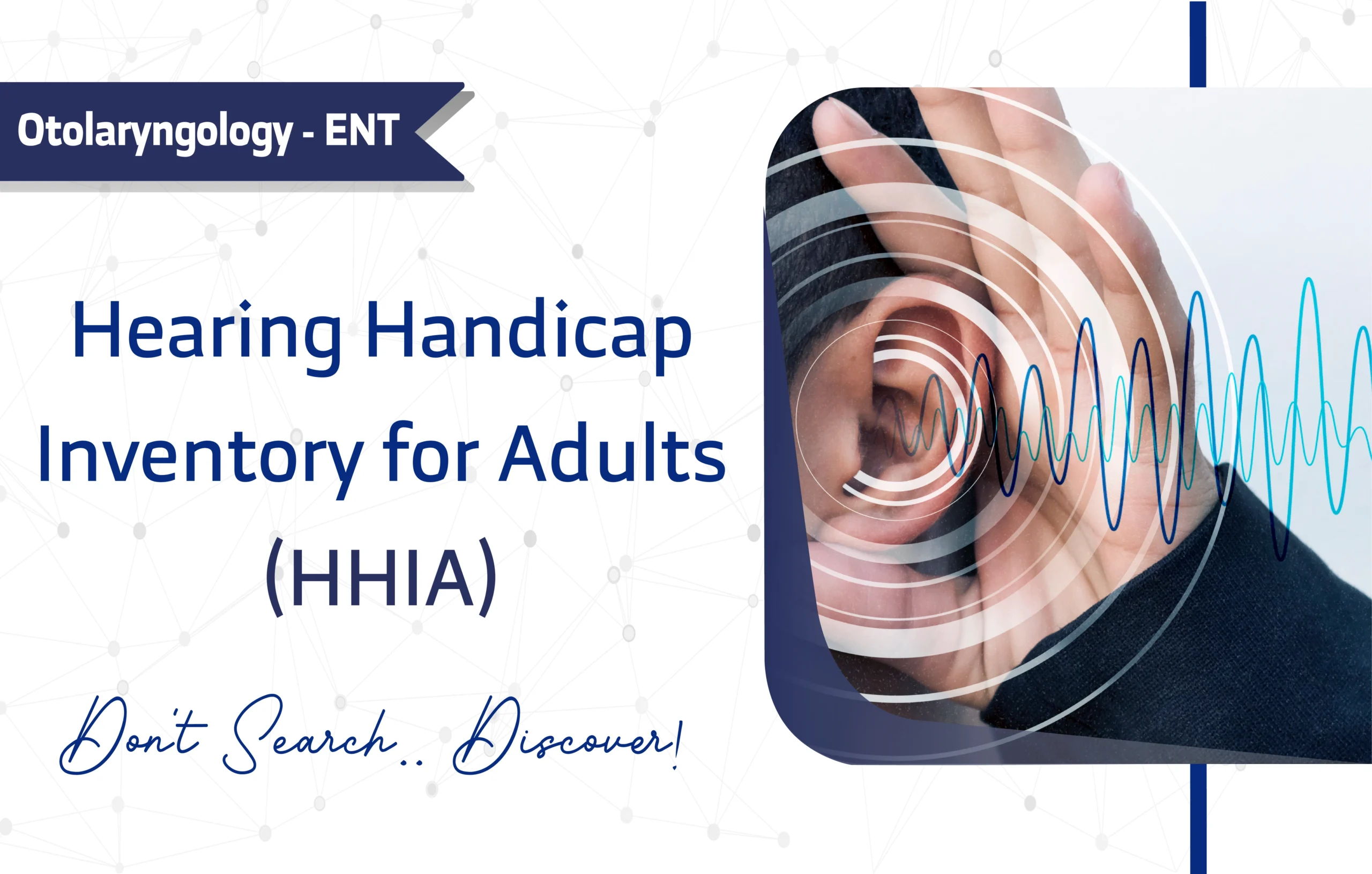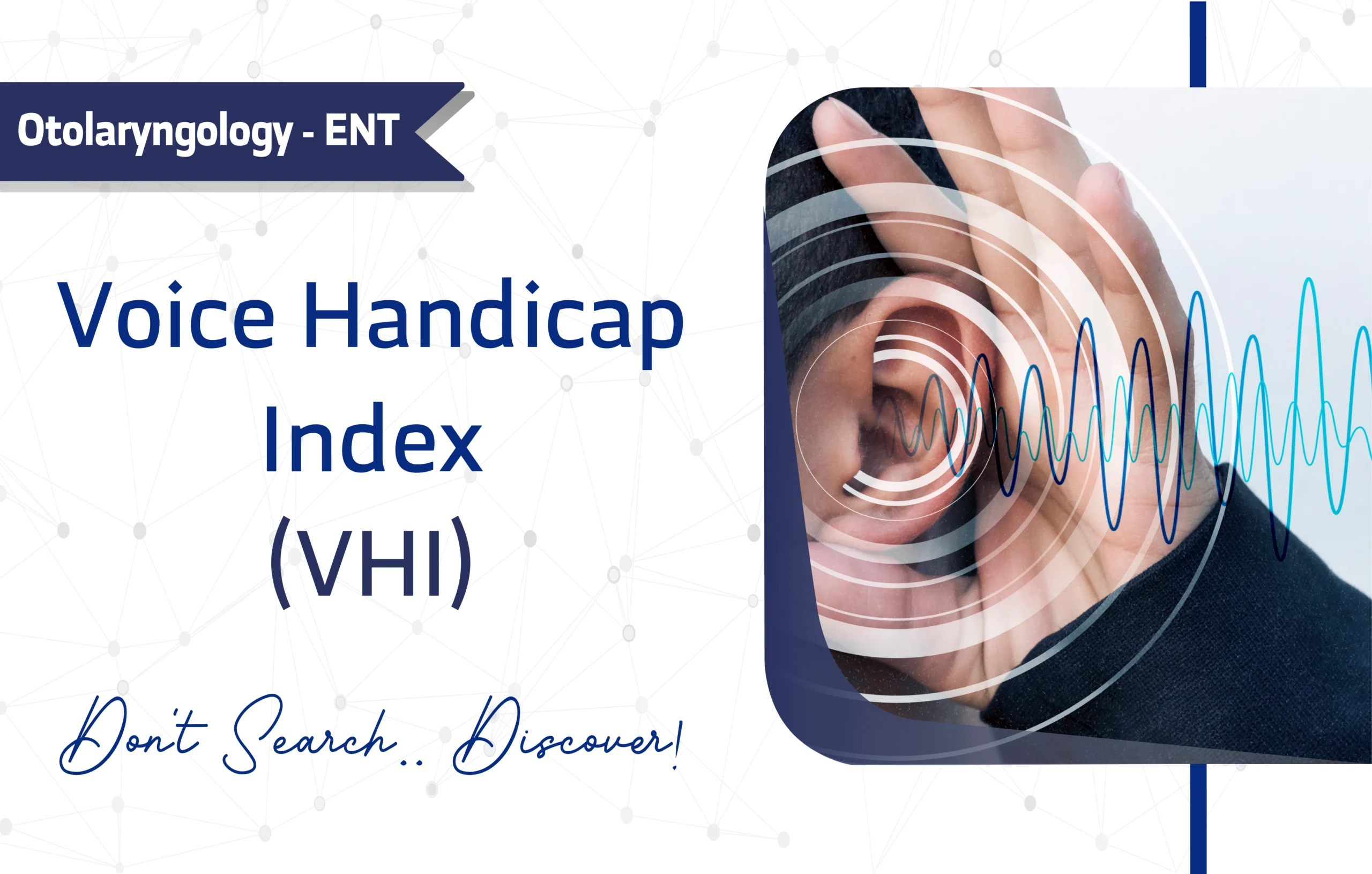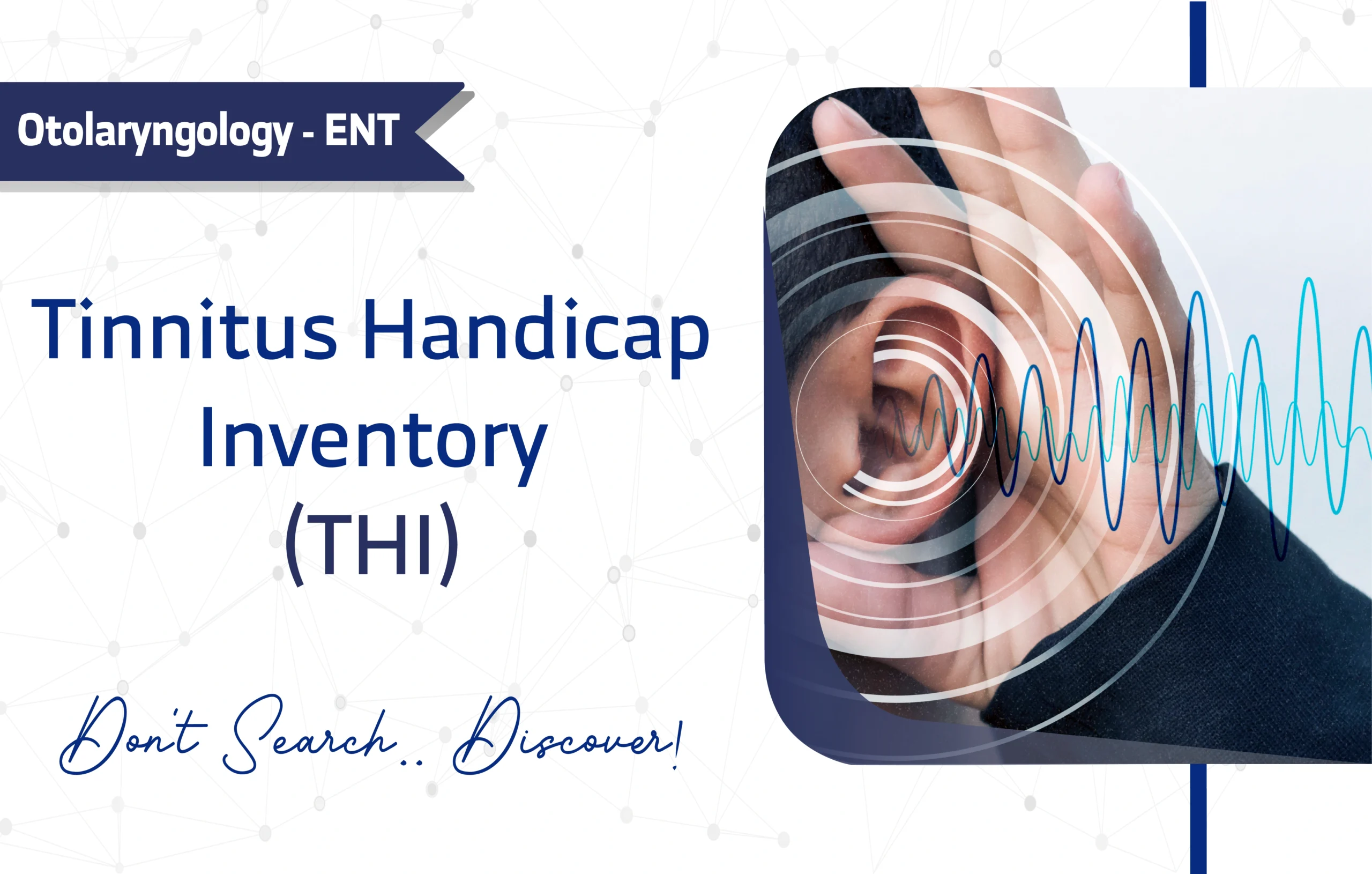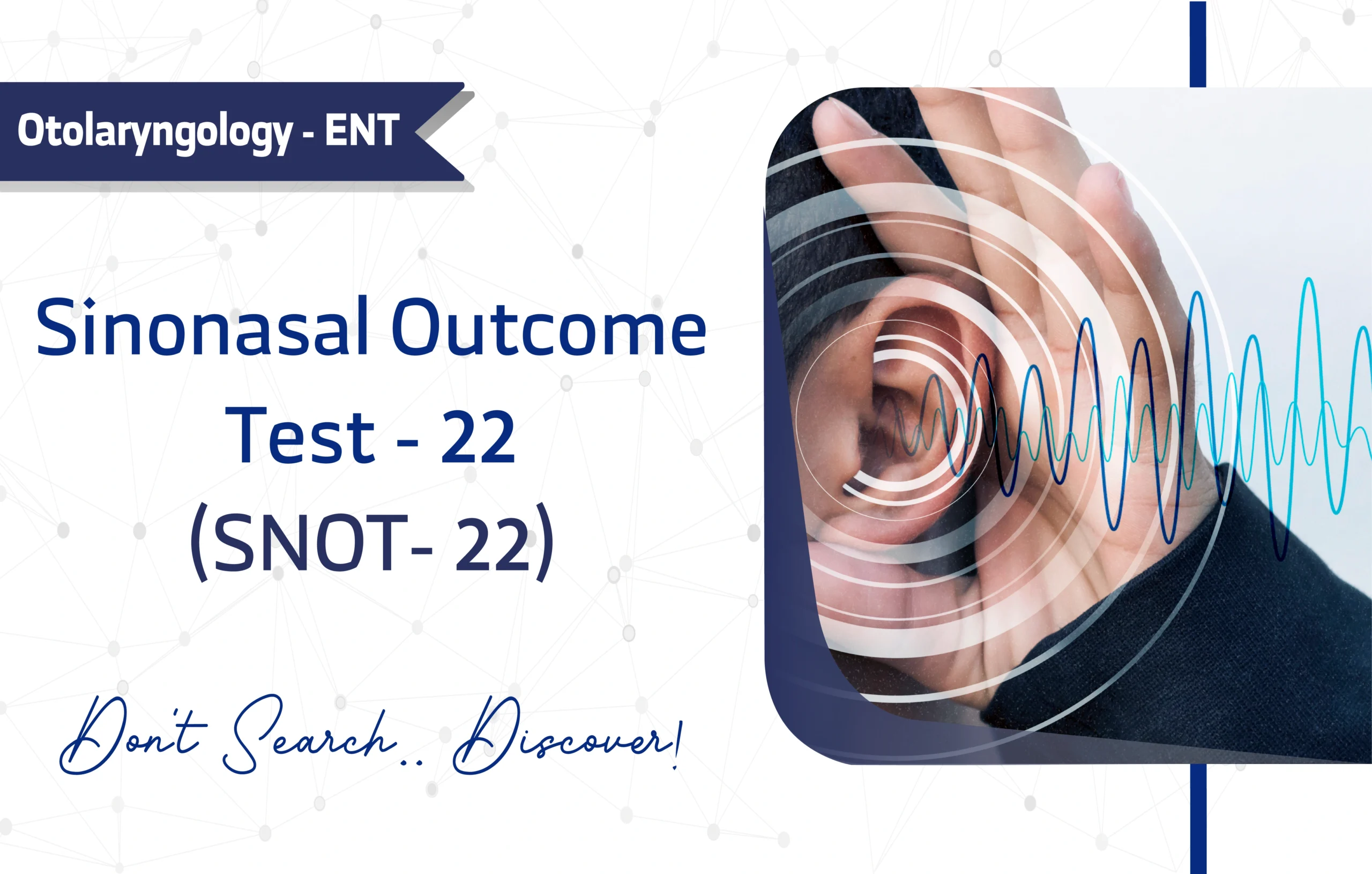Introduction
The Multiple Sclerosis Quality of Life-54 (MSQOL-54) is a specialized instrument that comprehensively assesses health-related quality of life (HRQOL) in individuals with multiple sclerosis (MS). Since its development and validation in 1995 by Barbara G. Vickrey and her colleagues at UCLA, the MSQOL-54 has become a cornerstone in both clinical practice and research.
To date, researchers have cited this questionnaire in over 1,500 publications, clearly demonstrating its importance in monitoring disease impact and evaluating treatment outcomes for a condition that significantly affects physical and mental well-being. Consequently, this guide offers an in-depth look at the questionnaire’s features, applications, and overall significance for experts in the field.
Key Features of the The Multiple Sclerosis Quality of Life-54 (MSQOL-54)
Purpose and Application in MS
The primary purpose of the MSQOL-54 is to measure HRQOL by focusing on both physical and mental health domains. The questionnaire uniquely combines 36 generic items from the well-regarded SF-36 survey with 18 items that specifically address multiple sclerosis. Because of this structure, This dual approach enables researchers and clinicians to perform a broad yet detailed assessment, making it an essential tool for longitudinal research and for tracking patient progress in clinical settings.
Target Population
Researchers have validated the MSQOL-54 for adults aged 18 years and older who have received a diagnosis of multiple sclerosis. It is applicable across a range of age groups, including:
- Young adults (18–24 years)
- Middle-aged adults (25–44 years)
- Older adults (45–64 years)
- Seniors (65+ years)
Questionnaire Details
The 54-item questionnaire covers a wide spectrum of domains and sub-domains critical to understanding the patient experience. Specifically, these include:
- Physical Health Domains: The assessment covers Physical Functioning, Role Limitations-Physical, Pain, Energy, and Health Perceptions.
- Mental Health Domains: It evaluates the patient’s overall mental health through sub-domains like Role Limitations-Emotional, Emotional Well-Being, Health Distress, and Cognitive Function.
- MS-Specific Items and Coverage: The questionnaire also addresses symptoms and topics particularly relevant to the MS population, such as mobility, daily activities, pain, mental health, social functioning, sexual function, fatigue, bladder control, and vision.
Available Languages and Global Accessibility
To facilitate global research and multicultural clinical application, Researchers have translated and validated the MSQOL-54 in numerous languages. In addition to English, available versions include Arabic, Spanish, French, German, Russian, Portuguese, Italian, Japanese, Persian, Swedish, Polish, Turkish, and Dutch, which significantly broadens its accessibility.
Scoring and Interpretation
Scoring Method
- The scoring method uses weighted calculations based on the patient’s answers. The questionnaire gathers data through Likert scales, multiple-choice, yes/no, and rating scale questions.
- Scores for each domain are converted to a 0–100 scale.
- Scoring procedures generate two primary composite scores: the Physical Health Composite and the Mental Health Composite.
Interpretation of Scores
- A higher score indicates a better health-related quality of life (HRQOL). Conversely, lower scores indicate poorer HRQOL.
- There are no universal cut-off scores used for interpretation. Instead, a patient’s domain-specific scores are compared to normative data from the broader MS population to gauge the level of impact.
Administration Format
Administering the MSQOL-54 typically takes between 15 and 30 minutes. Users need no special training, as the MSQOL-54 is self-administered. It can be completed in various formats, including paper-based, digital (online), or through an in-person interview, offering flexibility for different clinical and research settings. The MSQOL-54 is generally free for use, and its license type is open access, though the University of California, Los Angeles (UCLA) copyrighted it in 1995.
Clinical Utility and Applications
In clinical practice, the MSQOL-54 serves several vital functions. It plays an invaluable role in:
- Monitoring: Clinicians use it to track changes in a patient’s HRQOL over time, which helps in assessing disease progression or stability.
- Treatment Planning: The detailed insights from the questionnaire help healthcare providers tailor interventions to address specific areas of concern for the patient.
- Research: Experts consider the instrument a gold standard for patient-reported outcomes in clinical trials, allowing researchers to measure the effectiveness of new therapies from the patient’s perspective.
- Patient-reported outcome in clinical trials
Other Versions and Related Questionnaire
For researchers seeking alternative or complementary tools, several other questionnaires are available. These include:
- SF-36 (the parent tool of the MSQOL-54)
- Functional Assessment of MS (FAMS)
- Hamburg QOL Questionnaire in MS (HAQUAMS)
- MS Impact Scale (MSIS-29)
- Multiple Sclerosis International QOL Questionnaire (MusiQOL)
In addition to these, shorter versions of the MSQOL-54 have also been developed for use in settings where brevity is important. These include:
- MSQOL-29
- MSQOL-12
Validation and Reliability of the MSQOL-54
Experts recognize the MSQOL-54 as a highly reliable and valid instrument. Its statistical robustness demonstrates excellent Cronbach’s alpha values, which range from 0.75 to 0.96 across its various subscales. This high internal consistency ensures that the items within each domain measure the same underlying construct effectively.
Key Validation Studies
The MSQOL-54 is supported by several key validation studies that confirm its psychometric properties:
- Foundational Study: The key validation study is from Vickrey et al. (1995).
- Subsequent Validations:
- A study on cross-cultural adaptation was published in the Multiple Sclerosis Journal (2012).
- A psychometric review was featured in Health and Quality of Life Outcomes (2017).
Limitations
While the MSQOL-54 is a robust tool, it is important to acknowledge its known limitations as identified in its documentation:
- Self-Report Measure: Patients provide responses based on their own subjective input, since the questionnaire is a self-report measure.
- Length: Some users may consider the questionnaire too long.
- Language Barriers: The availability and validation of the tool across different languages can be a limitation.
- Limited Validation: The questionnaire has limited validation in non-Western populations.
- Content Overlap: There is an overlap with the SF-36, which reduces the MS-specific granularity of the assessment
Additional Resources
- A direct link to the Original Validation Study.
- You can access the questionnaire as a PDF through this link.
- For inquiries, contact Barbara G. Vickrey, MD, MPH, the first author of the questionnaire.
- For additional resources and psychometric reviews, consult journals like Health and Quality of Life Outcomes.
Frequently Asked Questions (FAQ)
- Who can use the MSQOL-54?
Clinicians, researchers, and healthcare providers use the MSQOL-54 for adults aged 18 and older who are diagnosed with multiple sclerosis. - How long does it take to complete the MSQOL-54?
Patients typically take 15 to 30 minutes to complete the questionnaire, which makes it feasible for comprehensive assessments in clinical and research settings. - How is the MSQOL-54 administered?
Healthcare teams can administer the questionnaire via paper, digital, or interview formats, offering significant flexibility in its application. - Is there any cost to using the MSQOL-54?
The MSQOL-54 is generally free for use, though it is copyrighted by the University of California, Los Angeles (UCLA) as of 1995.
A Word from ResRef
The MSQOL-54 remains a pivotal tool in MS care, offering nuanced insights into patients’ lived experiences. Its integration of generic and MS-specific metrics ensures both broad applicability and disease relevance, supporting holistic patient management. Whether you are a researcher evaluating disease impact or a clinician improving patient care, the MSQOL-54 reveals critical areas that need attention. Consequently, it leads to better outcomes and more informed treatment decisions.
References
- Vickrey, B. G., Hays, R. D., Harooni, R., Myers, L. W., & Ellison, G. W. (1995). A health-related quality of life measure for multiple sclerosis. Quality of Life Research, 4(3), 187–206. Link
- Rosato, R., Testa, S., Bertolotto, A., Confalonieri, P., Patti, F., Lugaresi, A., … & Solari, A. (2016). Development of a short version of MSQOL-54 using factor analysis and item response theory. PLoS One, 11(4), e0153466. Link









1 thought on “The Multiple Sclerosis Quality of Life-54 (MSQOL-54): A Comprehensive Guide for Researchers and Clinicians”
I really like your writing style, good info , thanks for posting 😀 .